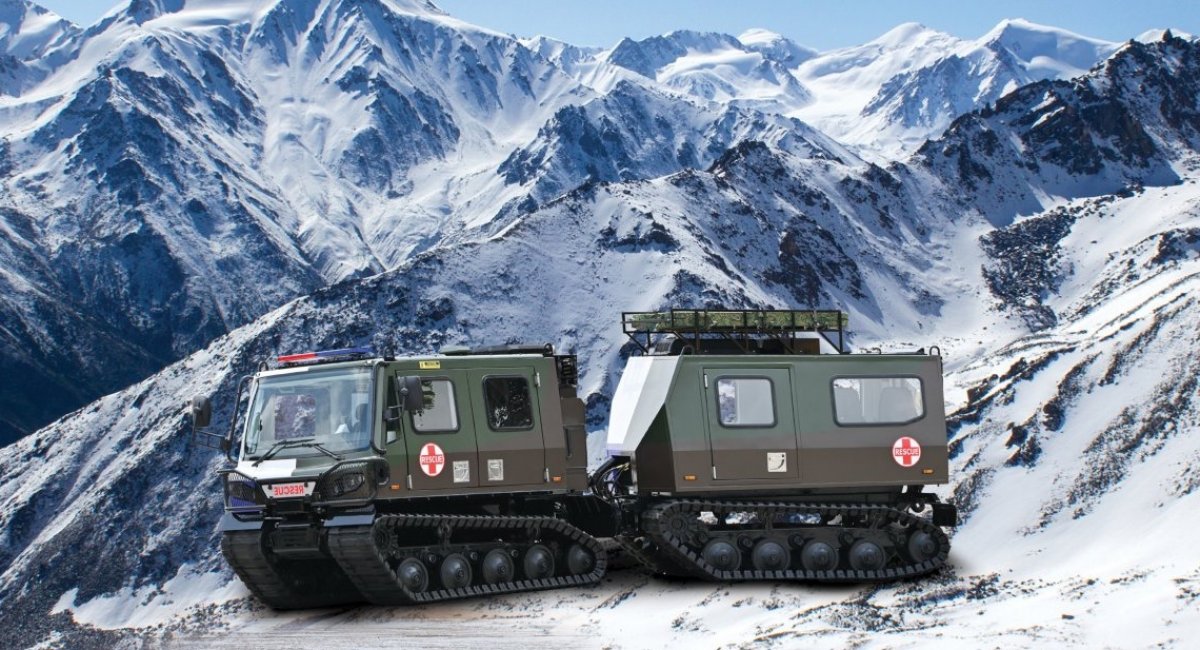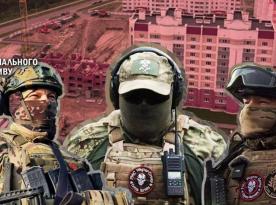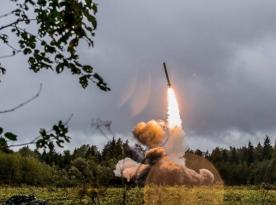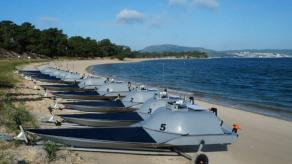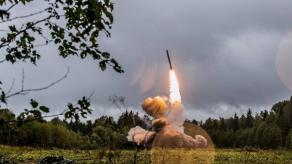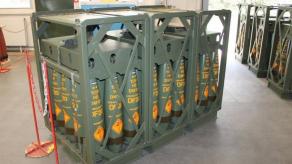Canadian company Roshel has signed an exclusive agreement with Singapore’s ST Engineering to produce ExtremeV tracked all-terrain vehicles — the civilian version of the Warthog/Bronco military transporter, which was delivered to Ukraine in various configurations as part of German military aid packages.
The partnership falls under Canada’s DAME (Domestic Arctic Mobility Enhancement) Program, aimed at strengthening the country’s security and mobility in the Arctic region. Other Canadian-owned companies may also be involved in future production.
Read more: Once Promised to Ukraine, DragonFire Combat Laser Needs Two More Years and €1.2 Bln to Enter Production
The ExtremeV is a twin-unit, tracked all-terrain vehicle designed for logistics, evacuation, rescue, firefighting, and transporting passengers in harsh conditions. Its modular design allows the rear unit to be swapped out for mission-specific modules.
Thanks to its ability to operate in extreme climates and traverse difficult terrain, the vehicle is ideal for Arctic use. Similar machines are used in other countries — for example, Russia’s DT-30, which, despite its Arctic role, has seen action in Ukraine.

What sets the ExtremeV apart is its military origin: it’s based on the Bronco, also produced in the Warthog variant for the UK and deployed in Afghanistan. The main difference lies in armor and the V-shaped hull for mine protection, absent in the civilian version.
Germany has supplied Ukraine with around 25 Bronco/Warthog units in medical, command, and recovery configurations. However, no public photos of their deployment in Ukraine have surfaced. While this limits assessment, the vehicle’s track record in Afghanistan and positive feedback from Ukrainian forces on similar platforms like the BvS 10 suggest it has performed well. Notably, the Bronco is especially valuable in spring and autumn, when muddy terrain renders wheeled vehicles ineffective.
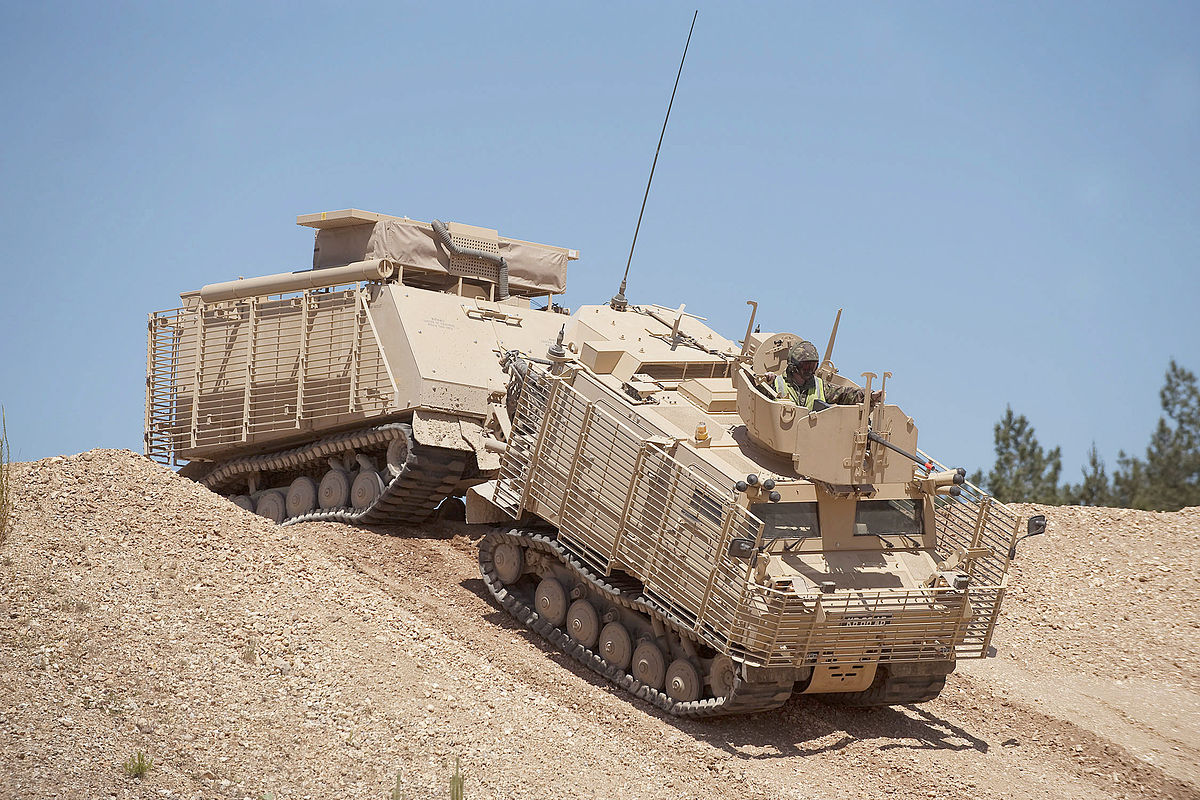
One potential drawback of the ExtremeV is its rubber tracks: they reduce operating costs but are harder to repair in the field and more vulnerable in combat — though this is less critical for civilian use.
Besides practical value, launching production in Canada carries political weight. Roshel promotes localization as a way to reinforce national sovereignty and security.

While Ukraine could benefit from more tracked transporters, the military version would clearly be preferable. It should be noted that although Roshel is co-producing its Senator armored vehicles with Ukroboronprom, the strong emphasis in plans of the company on Canadian manufacturing makes the localization of ExtremeV production in Ukraine unlikely.
Read more: Why Do russians Mount an FPV Drone on the Molniya-2 Strike UAV?




